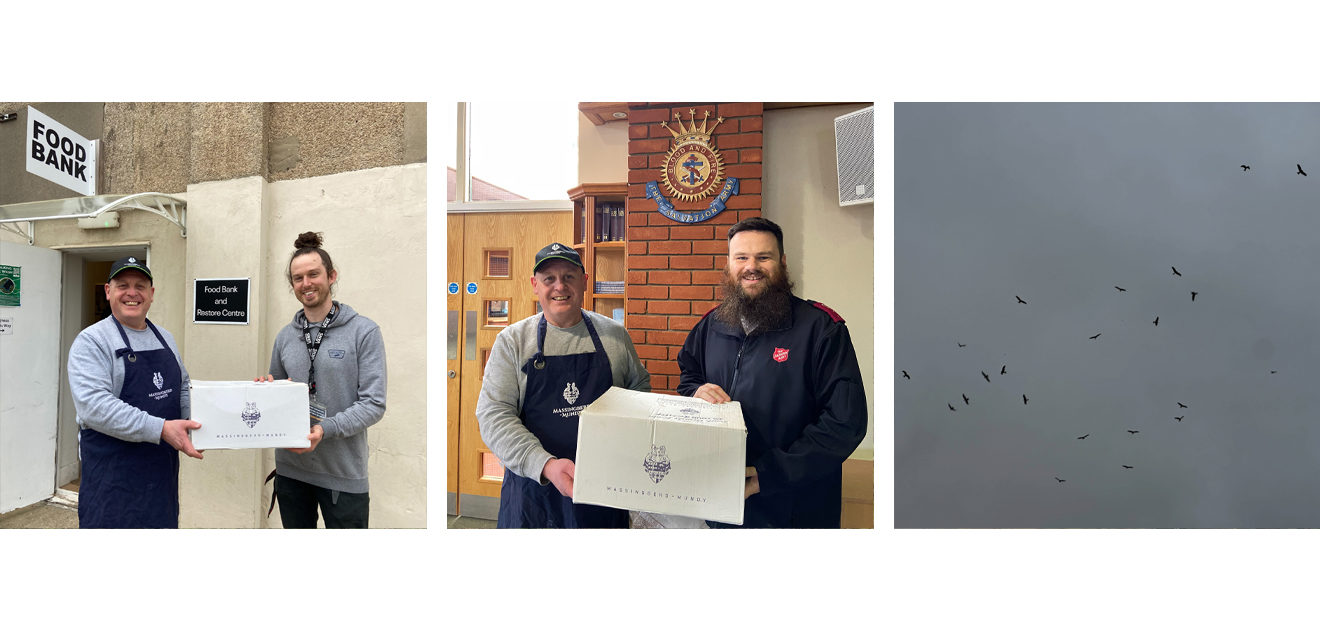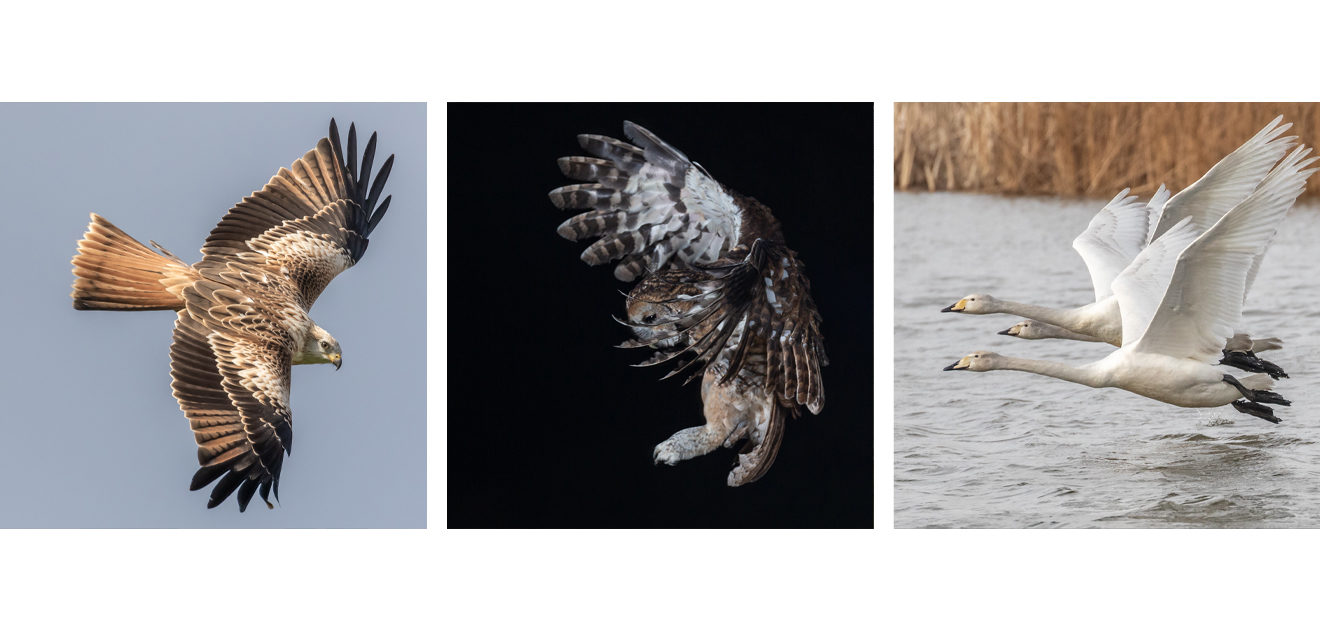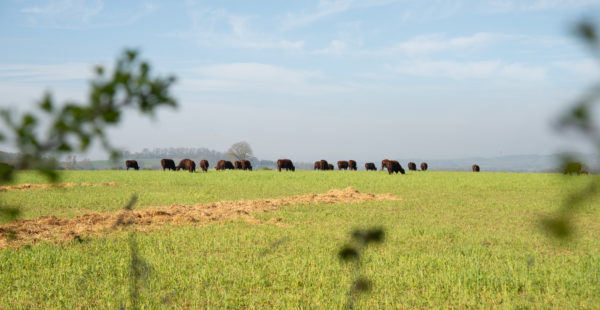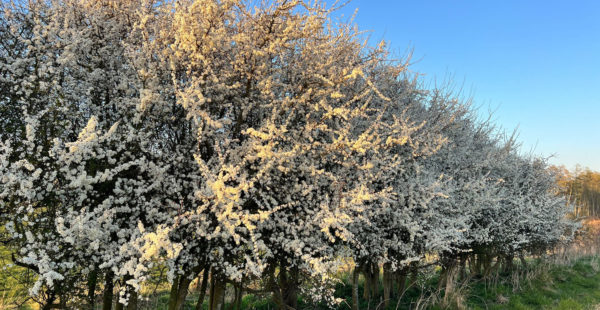A Week on the Estate: Turkey Gifting, Tawny Duets & Kites Galore
We hope we find you well this weekend. The weather has been undramatic, overcast, dreary and mild this week; looking back to this time last year, we’re content with that. In early November 2023, we were still contemplating waterlogged fields and counting the cost of Storm Babet.
As autumn reaches its last lap, the clocks have gone back, Halloween and Bonfire Night are behind us and the winter solstice is only six weeks away. Yet even though the nights are drawing in, there’s plenty of good news to brighten our days.
We were delighted to bring a little early festive cheer to those in need in our community. We donated Norfolk Black turkeys to the lovely people at The Storehouse in Skegness and the Salvation Army in Louth. We’re sure these farm-reared birds will be put to very good use.
Closer to home, we chanced upon a spectacle that brought joy to our hearts: dozens of red kites flocking together over the parkland. The weather was a bit grotty for photography but we counted more than 50 kites over our heads at one point. We’ve included an older pic below to show what these wonderful birds look like under a blue sky and at closer quarters.
While nurturing birdlife is just one facet of our approach to farming, it is an important one. From tree sparrows in the hedges to buzzards and red kites way up high, our birds are all links in a food-chain. If they’re doing well, it means that measures like organic farming, a rejuvenated soil biome, re-established hedgerows and pollinator and bird-friendly field margins are paying dividends. ‘Build it and they will come’ is our mantra.
Embracing acoustic bird detection with the help of BirdWeather has been a revelation. We’ve been keeping tabs on our birds for some time as they’re a clear bellwether for the whole Estate ecosystem. BirdWeather is an invaluable addition to this process, detecting shy and rare birds we might have otherwise missed and allowing us to instantly share the good news.
You may have heard male tawny owls exchanging their ‘kerwit’ calls with female tawny owls’ ‘whoo’ responses in your neighbourhood. This is part of the nocturnal soundtrack of late autumn and early winter; young birds are shooed away from their parents’ territories and have to vocally stake their own claims and prepare for the courtship season. In the first four hours of last Sunday, our sensors detected tawny owls 183 times, making them briefly number one in that day’s chart. They weren’t the only Strigiformes at play that night, with the little owl at two with 30 hits, the barn owl at five with 14 hits and the long-eared owl at seven with one hit.







